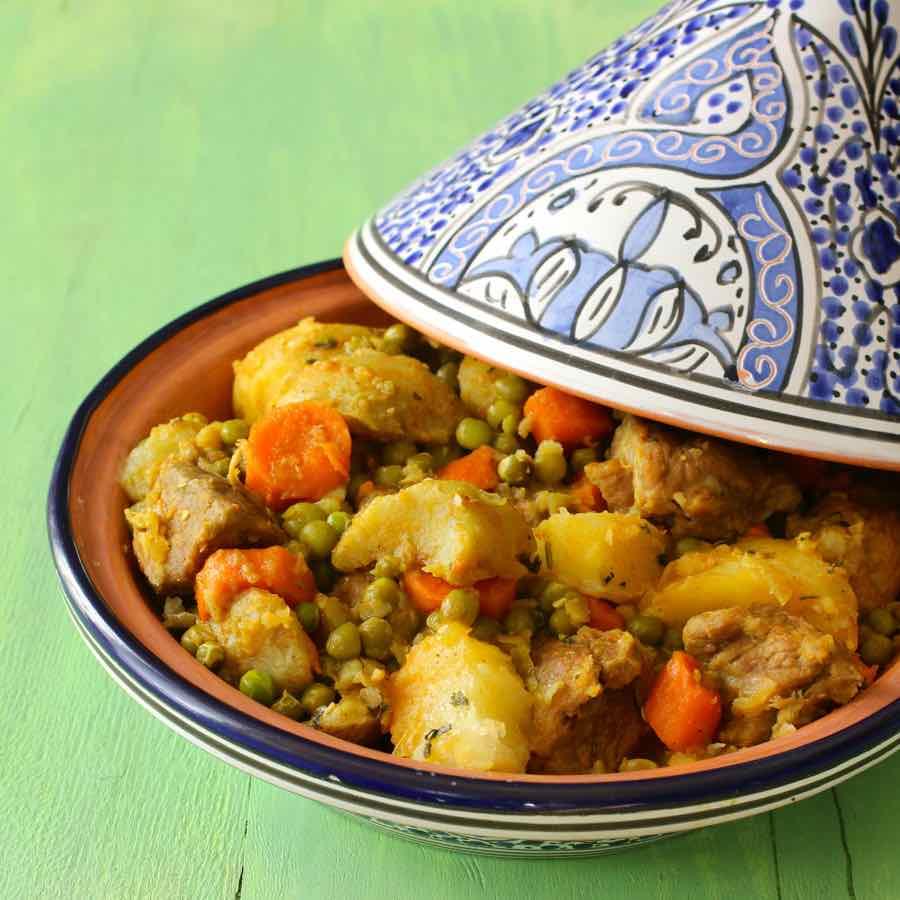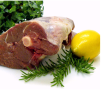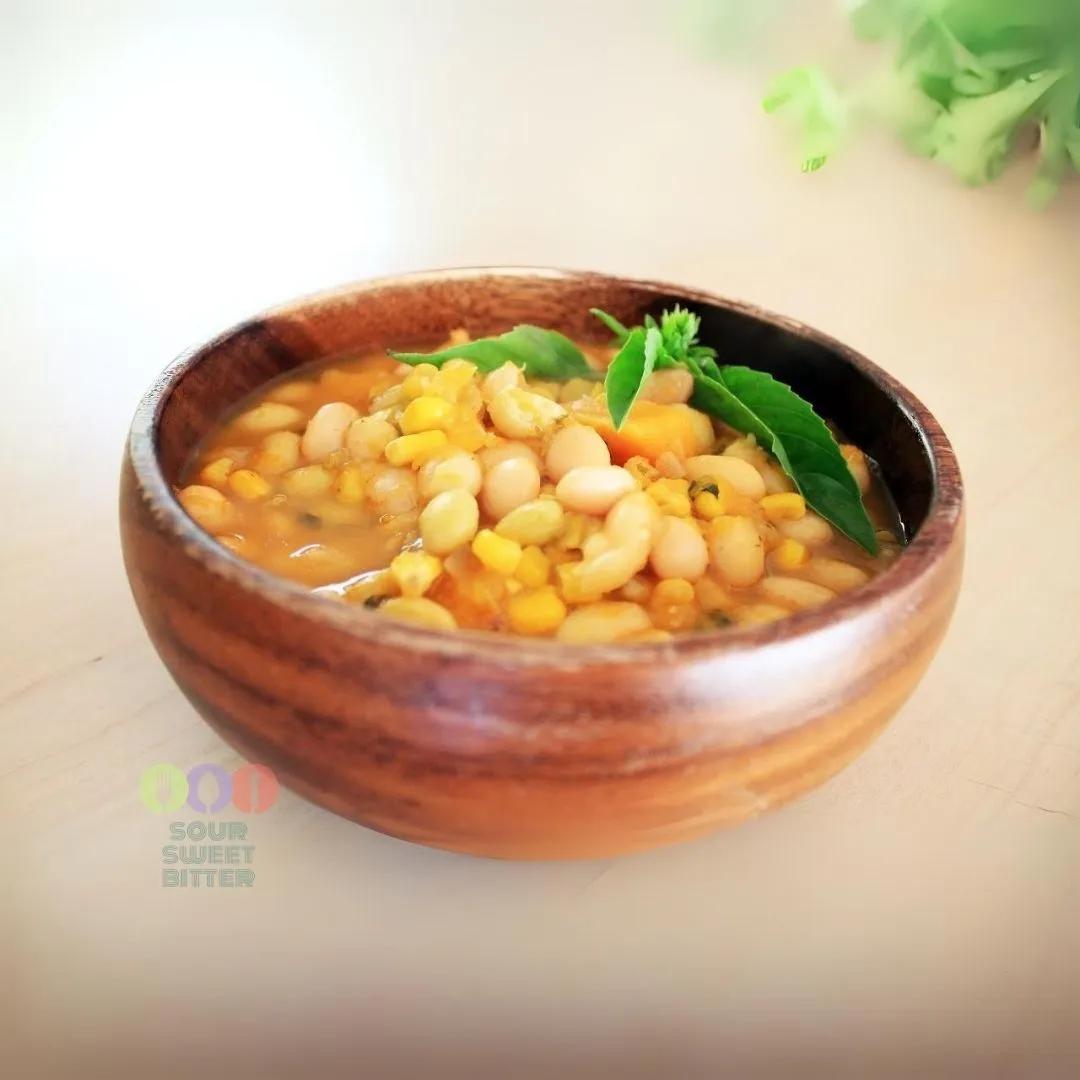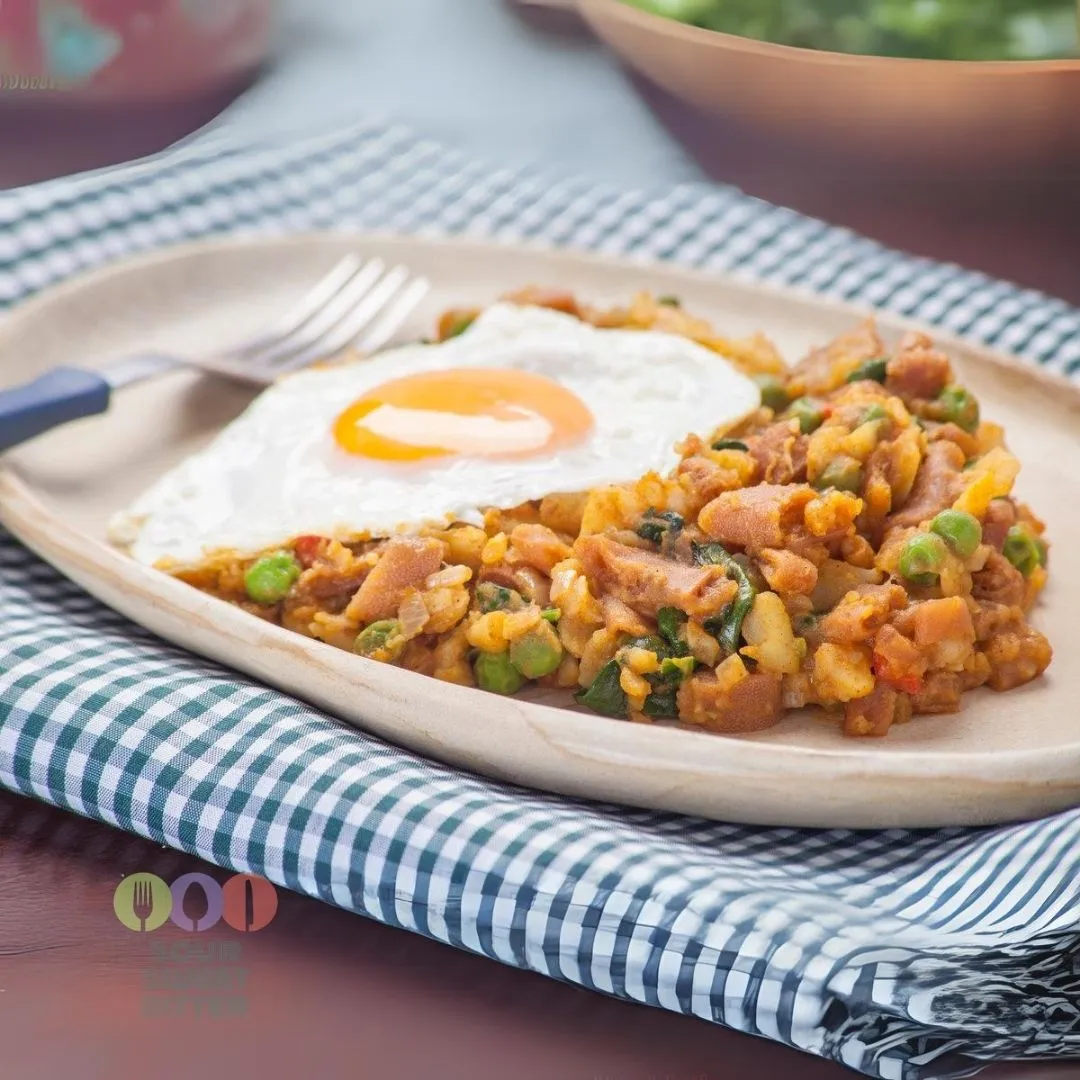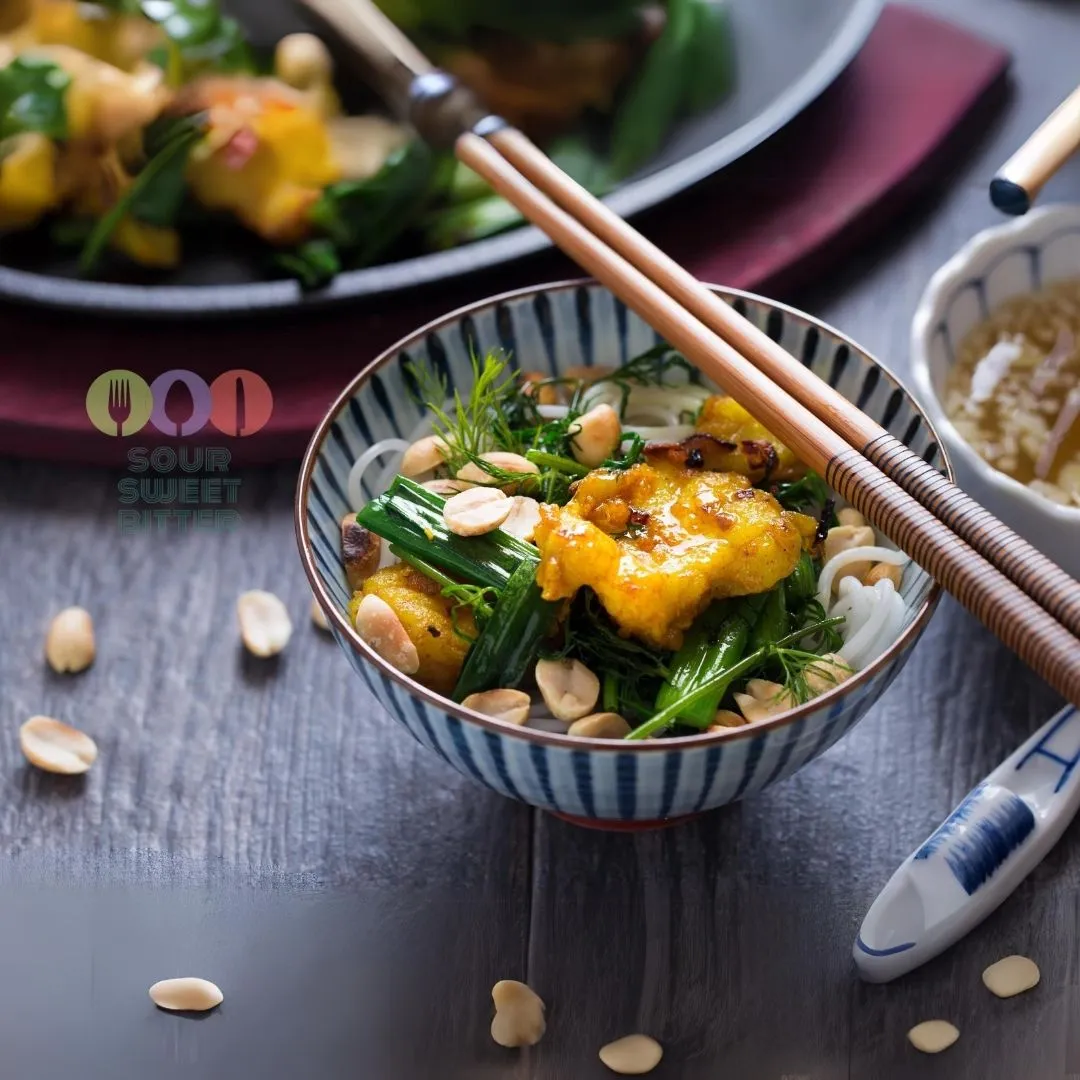Traditional Tunisian Market Jelbana: A Cultural Gem in Tunisian Cuisine
Jelbana is a traditional Tunisian dish that celebrates the fresh, earthy flavors of green peas. Chefs often prepare it with tender lamb or chicken, combined with a blend of aromatic spices. This hearty stew gets its name from the green peas, which take center stage in the dish. The rich flavors and warming qualities of jelbana reflect the vibrant culture found in Tunisian markets, making it a staple in homes across the country.
Rooted in Tradition
Jelbana represents more than just a meal in Tunisia. It reflects the country’s deep culinary traditions and long-standing cultural practices. Many families purchase ingredients—such as fresh vegetables, locally sourced meat, and fragrant spices—from bustling souks. These markets serve as vital community hubs where locals not only buy food but also connect with one another. When families prepare jelbana, especially for special gatherings, they honor the dish’s cultural significance.
The Cultural Role of Market Jelbana
Jelbana holds great cultural value, particularly in rural Tunisia. It highlights the use of seasonal produce and traditional cooking methods passed down through generations. Families frequently prepare it during the colder months, as its warmth and comfort provide much-needed nourishment. During Ramadan and festive events, jelbana often takes a central place on the dinner table, symbolizing generosity and hospitality.
Tunisian culture emphasizes the importance of shared meals, and jelbana exemplifies this value. Families typically cook it in large pots to let the flavors fully develop. This communal approach to cooking reinforces bonds between family members and friends.
A Bold Blend of Spices
Jelbana is known for its bold and vibrant flavors, which are characteristic of Tunisian cuisine. The dish features a rich mix of spices, including cumin, coriander, and paprika. These spices blend harmoniously with the natural sweetness of green peas and the savory richness of the meat. The result is a well-balanced and satisfying dish. Tunisian cooking reflects diverse influences, drawing from Berber, Arab, Mediterranean, and French culinary traditions.
A Dish That Endures
Despite its ancient roots, jelbana remains a cherished dish in modern Tunisia. Many families continue to make it in the traditional way, although some have introduced modern twists. Its heart, however, stays true to its origins. Jelbana continues to bring families together, serving as a delicious reminder of Tunisia’s rich culinary heritage.
Market Jelbana offers a flavorful journey into Tunisia’s food culture. It showcases the depth of its identity through fresh ingredients and time-honored traditions.
Discover Traditional Tunisian Recipes Discover Traditional African Recipes You may like this also: Cuban Ropa ViejaIngredients
Instructions
-
Crush the coriander or ras el hanut spice with the garlic in a garlic press. You can add a pinch of salt to make it easy to crush.
-
Put the pot on the stove and heat it. Add olive oil and heat. Add onion, black pepper, red pepper, hot pepper, garlic-coriander mixture and tomato paste.
-
Saute the mixture until the smell disappears. During this process, be careful not to burn or stick to the bottom. If it starts to stick, add some water.
-
After this stage, put the meat into the pot. Mix until combined with the mixture. Add enough hot water to cover it. Turn the heat down to low and close the lid of the pot.
-
Cook for about 1 hour until the meat is tender. Then add the sliced potatoes and peas. Cook until the potatoes are half cooked.
-
Add Anaheim peppers to the dish. After cooking the potatoes until they become soft but not falling apart, your meal is ready.
-
Serve with bread. Bon Appetit!





